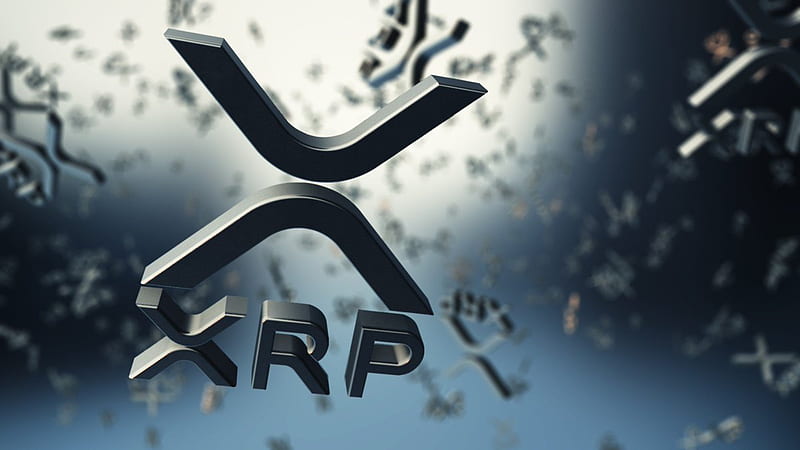As Treasury yields sink, Spark’s $100 million move into Superstate’s regulated crypto carry fund signals DeFi’s pivot toward uncorrelated yield sources.

Decentralized finance (DeFi) lending protocol Spark has rotated a portion of its treasury reserves from US government bonds into crypto-native yield strategies, signaling new approaches to onchain yield generation as Treasury returns continue to compress.
On Thursday, Spark said it allocated $100 million of its stablecoin reserves to Superstate’s Crypto Carry Fund (USCC), a regulated basis-trading fund that generates yield from price differentials between spot and futures markets across major digital assets. The fund allows DeFi protocols to earn market-neutral yield from the same derivatives markets traditionally used by hedge funds.
According to Superstate’s website, USCC manages about $528 million in assets and currently produces a 30-day yield of 9.26%.
Superstate CEO Robert Leshner said the fund enables Spark “to maintain exposure to yield opportunities uncorrelated with Federal Reserve rate policy.” Such diversification may prove timely as Fed officials face increasing challenges balancing inflation control with economic growth.
Although the Federal Reserve has struggled to anchor the long end of the yield curve, in part due to mounting US fiscal pressures, the 10-year Treasury yield recently fell below 4%. Spark noted that the Fed’s rate-cutting cycle could pressure stablecoin issuers and DeFi protocols heavily exposed to short-duration Treasurys, forcing them to seek alternative, uncorrelated sources of return.
Tether remains by far the largest crypto-native holder of US Treasurys, with more than $100 billion in exposure. USDC issuer Circle ranks a distant second. Together, the two stablecoin giants held over $132 billion in US government debt as of September.
“Right now this is about 2% of the size of the Treasury bills market, but this share will increase should stablecoin supply expand briskly,” according to TD Economics.
Related: US gov shutdown ‘likely’ to end this week: Trump adviser
Onchain yield evolves beyond passive income
Onchain yield has long been considered one of DeFi's most compelling use cases. Over time, the mechanisms powering yield have become increasingly sophisticated, expanding from simple lending and staking to complex, market-neutral and restaking strategies.
According to research from Galaxy Digital, onchain yield is no longer just about earning interest — it’s about selecting strategies that balance liquidity, complexity and risk in pursuit of higher returns.
While Spark and Superstate have emphasized the importance of diversifying away from US Treasurys, Galaxy notes that Treasury yields still serve as the benchmark for most onchain yield strategies, effectively setting a “risk-free floor” for stablecoin and DeFi returns.
As those yields decline, protocols are increasingly turning to crypto-native yield sources such as basis trading, validator rewards and restaking mechanisms. Such strategies remain nucorrelated with traditional interest rate policy.
Magazine: Inside a 30,000 phone bot farm stealing crypto airdrops from real users
.png)
 5 hours ago
1
5 hours ago
1




